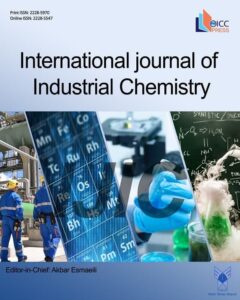The Characteristics Changes and Efficient Cleaning Mechanisms of Sludge Hydrothermal Carbonization and Tempering under Different Hydrothermal Reaction Conditions
Authors
- Xiaohang Ma * 1
- Yepu Li 1
- Zonghua Wang 1
- Yingxiang Xia 2
- Jun Zhang 1
- Chao Huang 2
- Xiaoran Liu 1
- Yanting Zheng 1
Abstract
In response to the problems of high energy consumption, high maintenance costs, and significant environmental impact in traditional sludge treatment schemes, strict control of conditions is required. This study investigates the effect of different raw materials, water temperatures, additives, and physicochemical pretreatments on the hydrothermal carbonization and tempering of sludge through hydrothermal reactions. The experimental results indicate that the calorific value of the hydrothermal carbon after ultrasonic pretreatment shows an overall decreasing trend with the increase of ultrasonic energy density. Its maximum value is 6.61 MJ/kg, and the corresponding sound energy density is 0.6 W/ml. In addition, the calorific value of the hydrothermal carbon after pre-treatment with the agent shows a wave like downward trend as the initial liquid hydrogen ion concentration index of the sludge increases. When the hydrogen ion concentration index reaches 7, its hydrothermal carbon calorific value is the smallest, which is 6.31 MJ/kg. But its calorific value is also 3.3% higher than that of untreated hydrothermal carbon. The study reveals the effective cleaning mechanism of sludge under different reaction conditions, and provides scientific basis and technical support for the field of sludge treatment.



